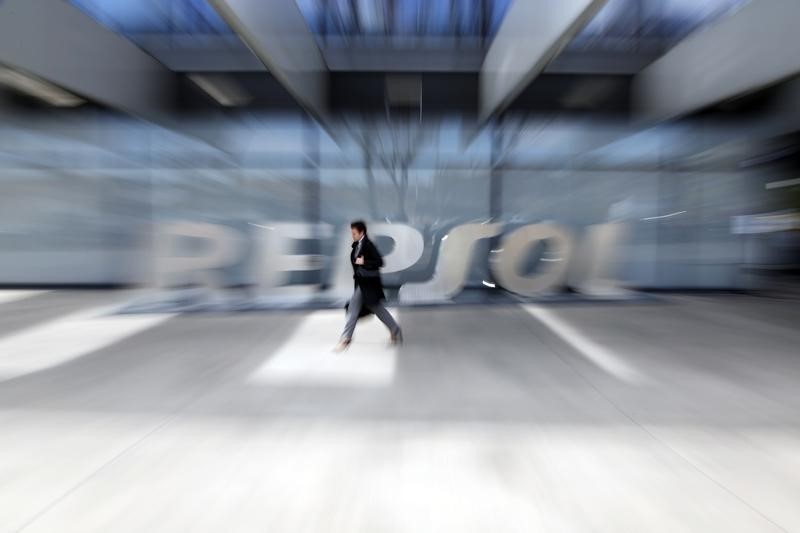By Dave Sherwood
PORTLAND, Maine Sept 11 (Reuters) - Spanish energy giant
Repsol REP.MC has received approval from Canadian regulators
to begin exporting liquefied natural gas from its under-utilized
Canaport import facility in Saint John, New Brunswick.
The National Energy Board of Canada granted the company a
25-year permit to import as much as 312 billion cubic feet of
natural gas per year by pipeline from the United States and
western Canada, then convert it to 6 million metric tons of LNG
at a new on-site facility, according to an approval letter from
the National Energy Board of Canada dated Sept. 3.
The project is one of four LNG export terminals proposed in
eastern Canada, aiming to ship abundant North American natural
gas to energy-hungry markets overseas.
Two projects in neighboring Nova Scotia, proposed by
privately owned Pieridae and Australia's Liquefied Natural Gas
Ltd, received energy board approval last month. Nineteen similar
projects have been proposed in British Columbia, on Canada's
west coast.
In its letter, Canada's energy regulator acknowledged the
deluge of recent applications, but indicated it was unlikely all
would survive.
"All of these LNG ventures are faced with a robust, but
limited, global market and face numerous development and
construction challenges," it said.
The east coast projects, including the existing Canaport
marine terminal, are well positioned to meet Europe's demands
for cheap and dependable gas in the face of continuing
instability in Ukraine, according to analysts.
But supply remains a major hurdle.
Quebec, Nova Scotia, New Brunswick and Newfoundland and
Labrador have all imposed various forms of moratoriums on
hydraulic fracturing - a process required to access shale gas
deposits - over environmental concerns.
In its proposal, Repsol downplayed concerns about supply,
saying it was "evaluating the prospects of sourcing feed gas
supply from Western Canada and/or the United States."
But only one pipeline, Spectra's Maritimes & Northeast
(M&NP), currently connects the region with the vast Marcellus
shale gas deposit beneath Pennsylvania, Ohio and West Virginia.
The four new eastern Canadian plants would require nearly
twice New England's current annual consumption of natural gas,
as well as new pipeline infrastructure to transport it.
Recent proposals to build pipelines through the U.S.
Northeast have met resistance from local environmentalists.
Canaport was built in 2009 to supply the Canadian and U.S.
markets, but the shale boom in the United States has since left
it underused.
(Editing by Richard Valdmanis; Editing by Bernadette Baum)
